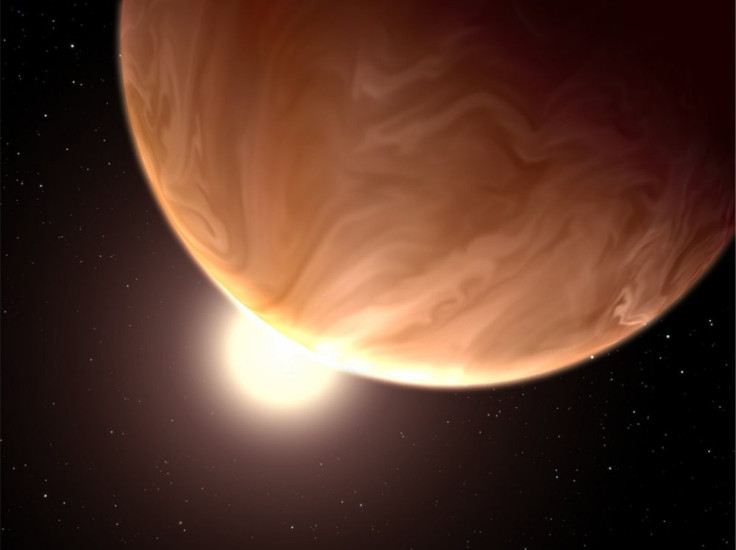Alien Planet Weather Forecast: Hubble Telescope Predicts Cloudy Weather For Exoplanet GJ 1214b
Researchers from the University of Chicago have used the Hubble Space Telescope to observe weather patterns on the exoplanet GJ 1214b. The “super-Earth” has a cloudy atmosphere that prevents detailed observations of its surface and lower atmosphere.

GJ 1214b, discovered in 2009, is located 40 light-years from Earth, near the constellation Ophiuchus. As a "super-Earth," the planet has a mass higher than Earth but lesser than Neptune. Previous observations of GJ 1214b led to two possible scenarios for the planet’s atmosphere. Researchers using the Subaru Telescope determined the planet had a water-rich atmosphere but did not rule out the possibility of an extremely cloudy atmosphere.
These interpretations were due to the Rayleigh scattering process. Researchers can determine the composition of a planet’s atmosphere based on how light is scattered by these molecules. Based on the weak Rayleigh scattering using a blue filter, the researchers concluded the atmosphere of GJ 124b could contain water or feature clouds in the upper atmosphere, which would limit the scattering.
Using Hubble, the University of Chicago astronomers discovered the planet has a cloudy atmosphere. The findings of the team led by Laura Kreidberg and Jacob Bean were published in the journal Nature. The team used 96 hours of Hubble observations, over the course of 11 months, and analyzed the data to discover cloudy weather on the exoplanet.
Kreidberg and Bean were impressed with Hubble’s adaptability, as the telescope was not intended for these types of observations. The team used Hubble to observe GJ 1214b in near-infrared light. “I think it’s very exciting that we can use a telescope like Hubble that was never designed with this in mind, do these kinds of observations with such exquisite precision, and really nail down some property of a small planet orbiting a distant star,” said Bean in a statement.

Based on the Hubble observations, the researchers determined GJ 1214b contained clouds in the upper atmosphere. They could not determine the composition of these clouds, but, based on models of super-Earth atmospheres, these clouds could be composed of potassium chloride or zinc sulfide.
Super-Earths may be one of the most common types of planets in the Milky Way, but little is known about these exoplanets, such as their physical nature or chemical composition, notes the University of Chicago. The researchers hope new telescopes, such as NASA’s James Webb Space Telescope, with a current launch date set for 2018, can lead to new insights on super-Earths that could help researchers identify potentially habitable exoplanets.
© Copyright IBTimes 2024. All rights reserved.






















